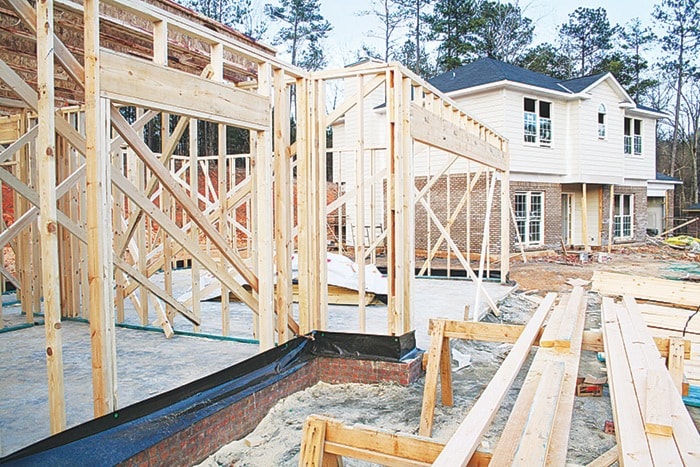Ladysmith is sharing in a building boom that is echoing over much of Vancouver Island. Felicity Adams, director of Development Services said there has been an increase in the total number of building permits issued of 11 per cent between 2014 and 2015.
Included in that lift was a 66 per cent increase in the number of residential permits for homes, secondary suites, coach houses and multi-family dwellings – up from 27 to 45.
That’s still not up to the average between 1989 and 2015, though, which was 69. But that might not represent ‘typical’ residential construction activity. “If you take out the higher growth of the early 1990s and 2000s, when permits were in the hundreds, the typical average is 53 a year,” Adams said.
Still, the local economy is benefiting from total permit values of $7.1 million in 2015, compared to $4.7 million in 2014.
That echoes an increase in building permit values on Vancouver Island of seven per cent between 2014 and 2015, totaling $1.4 billion according to the Vancouver Island Construction Association.
The ‘lion’s share’ of the leap was in the value of residential construction, which increased 19 per cent.
“In a growing economy, residential construction activity in 2015 confirms that Vancouver Island continues to attract newcomers, many of whom are building homes and condominiums,” said Greg Baynton, VICA CEO.
“This is generating positive economic spin-offs and creating jobs in our communities.”
The Cowichan Valley Regional District was listed among the top three in terms of the increase in value of building permits, coming in at eight per cent.
That follows Comox Valley Regional District, which registered a 20 per cent jump, and the Capital Regional District, which saw an 18 per cent increase.
The increase in residential permit values was dampened by an 18 per cent slump in non-residential construction on the Island.
Along with the increased construction activity came increased employment. The increase in total permit values drove construction employment up 13.1 per cent in 2015 over 2014, resulting in 32,600 people working in the Island’s construction sector.
It’s a trend VICA predicts will continue. “Activity and the underlying growth trend remain solid for the Island’s construction sector,” Baynton said.
“The association’s outlook for 2016 is very positive with building permits expected to rise 10 to 15 per cent as residential activity strengthens and non-residential construction makes gains.”
